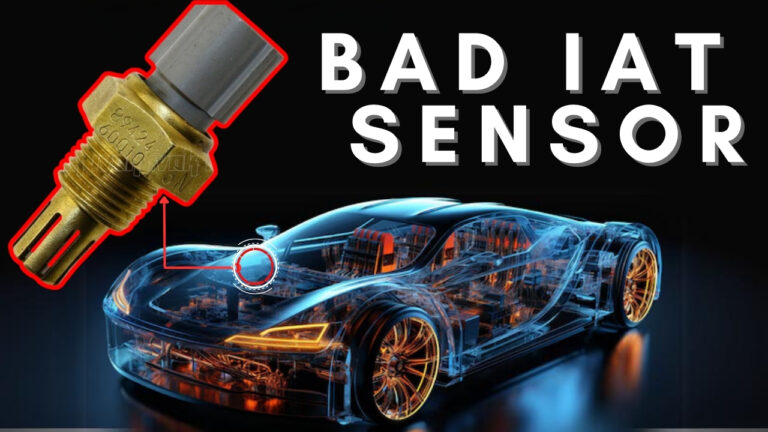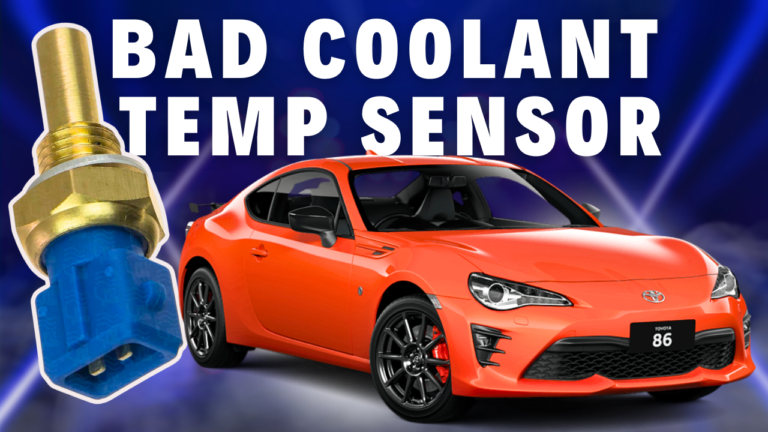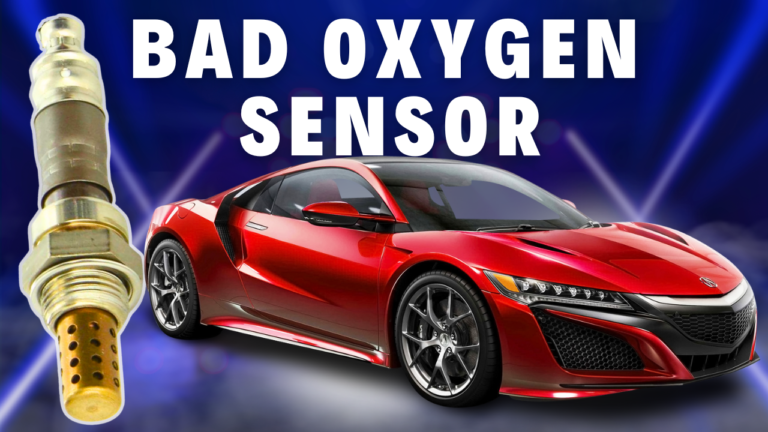What is Fuel Pressure Sensor?
The fuel rail pressure sensor, also known as the fuel pressure sensor, is a component in the fuel delivery system of modern vehicles. It is typically located on or near the fuel rail, which is a pipe that distributes fuel to the fuel injectors.
The primary function of the fuel rail pressure sensor is to measure the pressure of the fuel in the fuel rail and provide this information to the engine control module (ECM) or powertrain control module (PCM). The ECM/PCM uses this data to accurately control the fuel injection system, ensuring that the engine receives the correct amount of fuel for optimal combustion.
Where Is the Fuel Pressure Sensor Located?
The fuel pressure sensor is commonly situated on or near the fuel rail, allowing it to directly measure the pressure of the fuel in the rail. This location enables efficient monitoring of fuel pressure and ensures accurate feedback to the engine control module for precise fuel management.
Bad Fuel Pressure Sensor Symptoms
A malfunctioning Fuel Pressure Sensor can manifest in various symptoms, indicating potential issues with the vehicle’s performance:
- Check engine light illuminated: A malfunctioning fuel pressure sensor can trigger the check engine light to illuminate on the dashboard. The check engine light illuminates due to the triggering of trouble codes related to a faulty fuel pressure sensor. The list of trouble codes related to a bad fuel pressure sensor is covered in this blog.
- Rich or Lean Fuel Mixture: Erroneous fuel pressure readings may cause the engine control module (ECM) to adjust the air-fuel mixture incorrectly. This can result in a rich (too much fuel) or lean (too little fuel) fuel mixture, leading to rough idling, engine misfires, or exhaust emissions issues.
- Visible Fuel Leaks: In some cases, a faulty fuel pressure sensor may lead to fuel leaks from the fuel rail or associated components. This can occur if the sensor fails to accurately regulate fuel pressure, causing excess pressure buildup in the fuel system.
- Engine stalling: Fluctuating fuel pressure readings can cause the engine to stall or hesitate, especially during sudden acceleration or deceleration. This can manifest as momentary engine hesitation or intermittent stalling while driving.
- Lack of power: A faulty fuel pressure sensor may result in inconsistent fuel pressure readings, leading to inadequate fuel delivery to the engine. This can cause a noticeable loss of engine power, particularly during acceleration or under heavy load.
- Poor Fuel Efficiency: Incorrect fuel pressure readings from a faulty sensor can disrupt the engine’s air-fuel mixture, resulting in inefficient combustion. As a consequence, the vehicle may experience decreased fuel efficiency and reduced miles per gallon (MPG).
- Hard Starting: A failing fuel pressure sensor may cause difficulty starting the engine, particularly after the vehicle has been sitting for some time. Inconsistent fuel pressure readings can lead to insufficient fuel delivery during startup, resulting in prolonged cranking or multiple attempts to start the engine.
Common Fuel Pressure Sensor fault codes
Here is a list of codes that are associated with the bad Fuel Pressure Sensor to look for if your check engine light has turned on
- P0001 : Fuel Volume Regulator Control Circuit/Open
- P0002 : Fuel Volume Regulator Control Circuit Range/Performance
- P0003: Fuel Volume Regulator Control Circuit Low
- P0004: Fuel Volume Regulator Control Circuit High
- P0087 : Fuel Rail/System Pressure – Too Low
- P0088 : Fuel Rail/System Pressure – Too High
- P0089 : Fuel Pressure Regulator 1 Performance
- P0090 : Fuel Pressure Regulator 1 Control Circuit
- P0091 : Fuel Pressure Regulator 1 Control Circuit Low
- P0092 : Fuel Pressure Regulator 1 Control Circuit High
- P0190 : Fuel Rail Pressure Sensor A Circuit
- P0191 : Fuel Rail Pressure Sensor A Circuit Range/Performance
- P0192 : Fuel Rail Pressure Sensor A Circuit Low Input
- P0193 : Fuel Rail Pressure Sensor A Circuit High Input
- P0194 : Fuel Rail Pressure Sensor A Circuit Intermittent
What Causes the Malfunction of Fuel Pressure Sensor ?
Causes of a Faulty Fuel Pressure Sensor
- Electrical Wire Issues: Faulty wiring, poor connections, or a short circuit in the electrical system can disrupt the signals sent by the sensor, leading to inaccurate readings or sensor failure.
- Mechanical damage: Physical damage to the sensor, such as corrosion, contamination, or internal component failure, can impair its ability to accurately measure fuel pressure.
- Sensor calibration issues: Over time, the sensor’s calibration may drift or become inaccurate, resulting in incorrect fuel pressure readings.
- Environmental factors: Exposure to extreme temperatures, vibration, or harsh operating conditions can degrade the sensor’s performance and reliability over time.
- Contaminated fuel: Debris, water, or other contaminants in the fuel system can clog the system, damage the sensor, or cause it to provide inaccurate readings.
How To Test Fuel Pressure Sensor?
Testing the Fuel Pressure Sensor can be done using following method:
- Check Voltage using multimeter:
- Set the multimeter to voltage mode.
- Connect the red probe of the multimeter to the signal wire of the Fuel Pressure sensor connector. Refer to your vehicle’s wiring diagram to identify signal wire.
- Connect the black probe of the multimeter to a good ground point, such as the battery negative terminal or the engine block.
- Turn on the ignition key without starting the engine.
- Check the voltage reading on the multimeter. The voltage should typically read between 0.5 and 1.5 volts. If the voltage is outside of this range, it indicates a faulty fuel pressure sensor that needs replacement.
- Set the multimeter to voltage mode.
- Check Resistance using multimeter
- Switch the multimeter to the ohm mode.
- Connect the probes of the multimeter to the power and ground wires of the fuel pressure sensor connector. Typically, the power wire is red and the ground wire is black, but refer to the wiring diagram to confirm.
- Ensure that the ignition key is turned off to prevent any electrical interference.
- Measure the resistance between the power and ground wires. The multimeter should typically read between 200 and 600 ohms.
- If the resistance falls outside of this range, it indicates a faulty fuel pressure sensor that requires replacement.
- Switch the multimeter to the ohm mode.
Other Issues That Exhibit Similar Symptoms as a Bad Fuel Pressure Sensor
When a car exhibits the symptoms mentioned above, and the Fuel Pressure Sensor has been checked and found to be in working order but the issue persists, it’s essential to inspect the other components of the fuel delivering system.
- Faulty Fuel Pump: A malfunctioning fuel pump can cause symptoms similar to those of a bad fuel pressure sensor, including engine hesitation, rough idling, and difficulty starting the engine.
- Faulty Fuel Regulator: If the fuel regulator is faulty, it may cause fuel pressure issues similar to those caused by a bad fuel pressure sensor. This can result in engine performance problems and trigger the check engine light.
- Fuel Regulator Solenoid Malfunction: A malfunctioning fuel regulator solenoid can lead to improper fuel pressure regulation, resulting in symptoms such as engine hesitation and rough idling.




